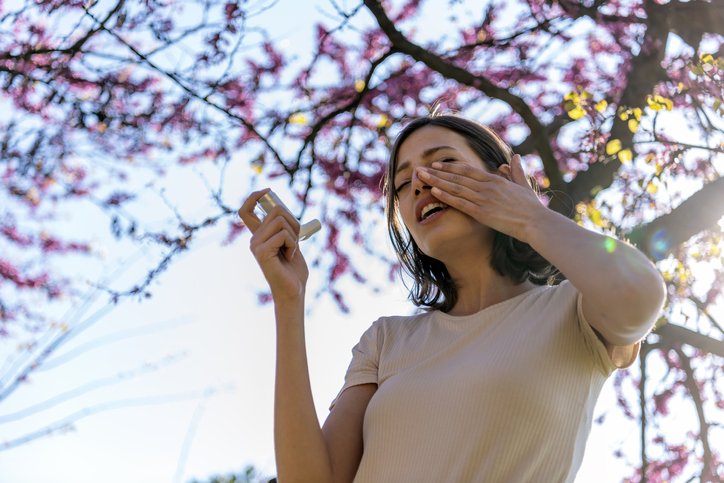
| Spring is beautiful, but it’s also a key time of year for spring allergies. As plants release pollen, millions of people with hay fever start to sniffle and sneeze. There’s no cure but you can take steps to curb springtime allergies, from medication to household habits. Causes of Spring AllergiesThe biggest trigger for spring allergies is pollen. Trees, grasses, and weeds release these tiny grains into the air to fertilize other plants. When they get into the nose of someone who’s allergic, they send the body’s defenses haywire. The immune system mistakenly sees the pollen as a danger and releases antibodies that attack the allergens. That leads to the release of chemicals called histamines into the blood. Histamines trigger the runny nose, itchy eyes, and other symptoms that are all too familiar if you have spring allergies. Pollen can travel for miles, so it’s not just about the plants in your neighborhood.
Find a MainStreet Family Care location near you! Walk-in anytime. No appointment needed. We’ll be happy to help you get your allergies under control so that you can enjoy everything springtime has to offer! |
